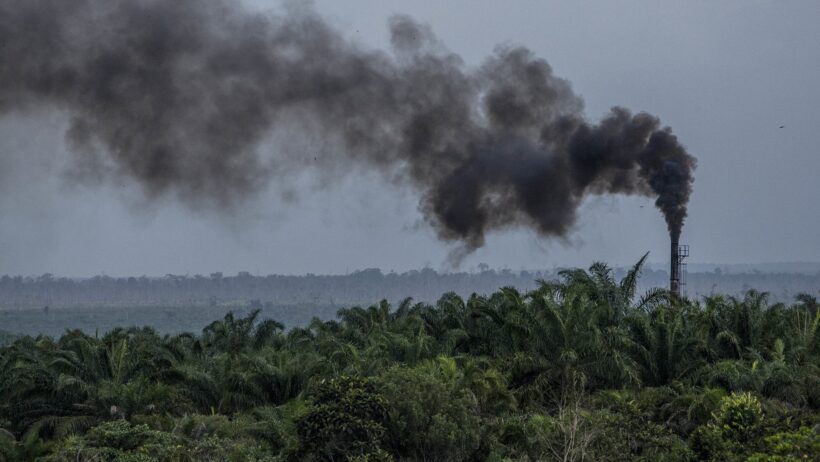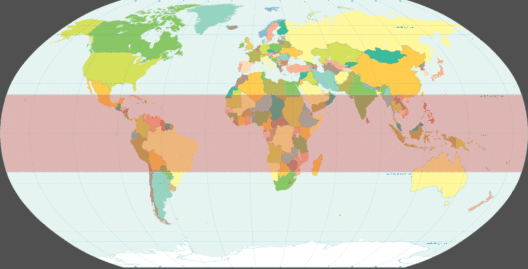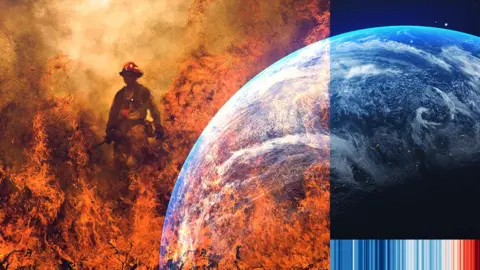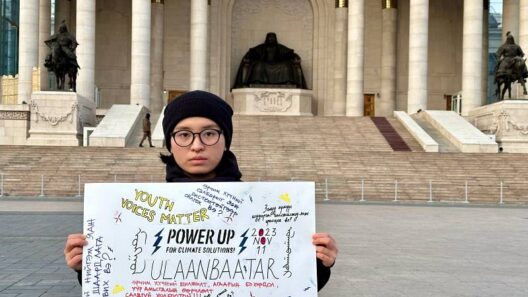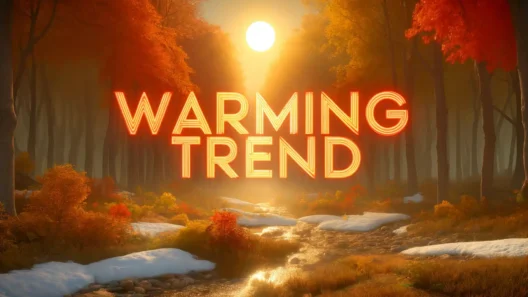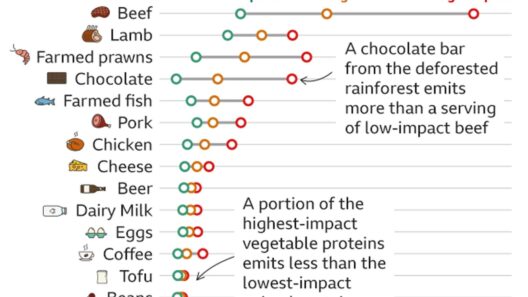In the intricate tapestry of life on Earth, biodiversity acts as the vibrant thread that holds various species together, creating a dynamic balance essential for the sustainability of ecosystems. However, as global warming continues to accelerate, this rich biodiverse landscape is standing on the precipice of unprecedented degradation. What exactly does it mean when we say biodiversity is on the brink? And how does global warming pose not just a threat, but an existential challenge to Earth’s myriad species?
The concept of biodiversity encompasses the variety of life forms on our planet, including the vast array of species, ecosystems, and genetic variability. It provides crucial services: from pollinating plants and cleaning our water to regulating the climate and providing raw materials for food, clothing, and medicine. Imagine a world devoid of colorful rainforests, humming with the sound of various creatures. What transformations would occur in our lives if these vital systems began to collapse?
One of the most alarming consequences of global warming is the alteration of habitats. Temperature fluctuations and unpredictable weather patterns can dislocate species from their natural environments. For instance, polar bears depend on sea ice for hunting seals. As the Arctic ice melts due to rising temperatures, these majestic creatures face increasingly dire circumstances. In addition to rising temperatures, alterations in rainfall patterns and the frequency of extreme weather events lead to habitat destruction and fragmentation.
Furthermore, the rise of invasive species presents additional challenges. As climate conditions change, some species expand their ranges while others decline. A warmer world may benefit certain organisms, such as the Asian tiger mosquito, which can now inhabit areas previously inhabited only by species such as the common house mosquito. This shift not only endangers local fauna but also threatens human health through the spread of diseases like West Nile Virus and Zika.
On a broader scale, global warming disrupts the timing of natural events—what ecologists call phenology. For instance, plants and insects often rely on specific cues from the environment to bloom or reproduce. Warmer temperatures may trigger earlier blooming of flowers, while pollinators like bees may not adjust their life cycles accordingly. This temporal mismatch can jeopardize food production and compromise entire ecosystems, leading to a cascading effect that could ultimately destabilize our agricultural systems.
In addition to these direct impacts, a warming climate affects the intricate relationships among species. Predator-prey dynamics, symbiotic associations, and the delicate balances that sustain diverse ecosystems are all in jeopardy. Consider coral reefs, which are often referred to as the rainforests of the sea. Rising ocean temperatures lead to coral bleaching, a phenomenon that results from corals expelling the symbiotic algae they depend on for nourishment. When these corals die, the myriad species that rely on them for survival face imminent extinction.
But what can be done to stave off this impending crisis? The first step involves global awareness and collective action. Advocacy for policy changes that limit greenhouse gas emissions is crucial. Countries must transition to renewable energy sources and promote sustainable land-use practices that protect existing ecosystems. Restoration projects can help recover degraded habitats while conservation efforts can safeguard endangered species. However, the task is daunting and demands immediate and concerted efforts from all sectors of society.
Individual action also plays a pivotal role in the fight against biodiversity loss. Every choice matters—from reducing plastic usage to participating in local conservation initiatives. Engaging in community-based environmental programs can foster a deeper connection with nature. Participation in citizen science, where individuals contribute to data collection or monitoring activities, not only enhances personal understanding but also supports broader research efforts aimed at identifying trends and potential solutions.
As we grapple with the intricacies of global warming and its far-reaching implications, one must question: Can humanity rise to the occasion and protect the very fabric of life on Earth? Our ultimate challenge lies in preserving the wealth of species that share this planet with us, recognizing their intrinsic value beyond mere resources. Biodiversity enriches human life in ways seen and unseen, offering resilience against unexpected changes and shocks.
In conclusion, the threat posed by global warming to biodiversity demands urgent attention and action. The continued loss of species and habitats is not just an environmental crisis; it is also a profound ethical concern that affects everything from our health to our economy. To navigate this perilous path, we must embrace innovative solutions, foster collaboration among diverse stakeholders, and commit to a sustainable future. Our challenge is clear: Will we allow biodiversity to dwindle, or will we rise as custodians of this planet, working to protect and restore the irreplaceable diversity of life on Earth?



